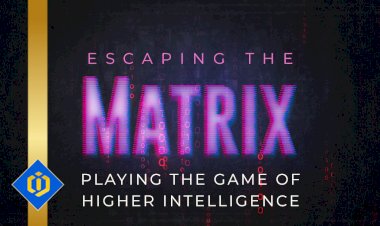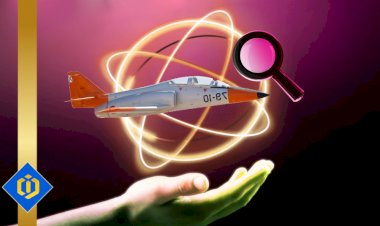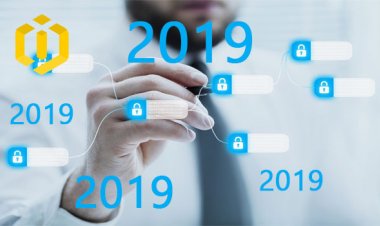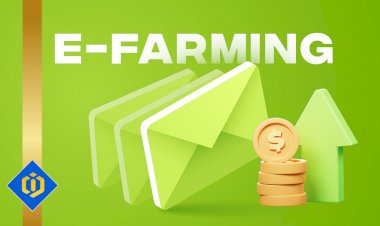The Application of Artificial Intelligence in Forex Trading Bots
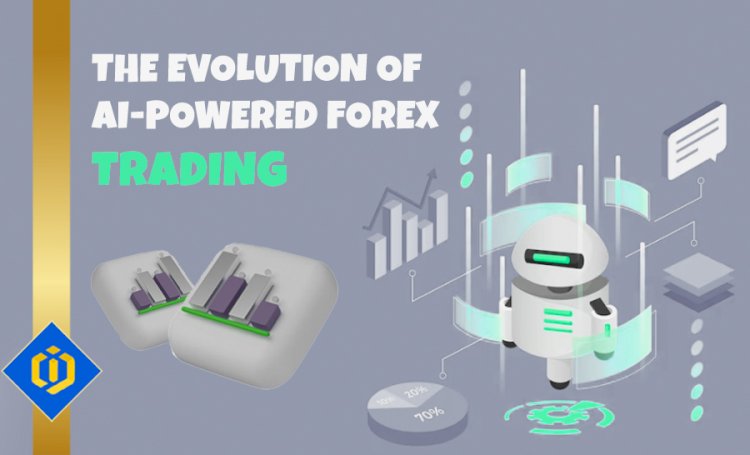
Introduction:
Automated Forex trading has a long history that dates back to the early 1980s, and its growth has been closely correlated with technological and artificial intelligence (AI) developments. The industry has advanced significantly over time, with AI-driven trading systems becoming more sophisticated, effective, and available to both institutional and retail traders. This article will examine the development of AI-driven Forex trading, as well as its advantages and drawbacks, and will also introduce a state-of-the-art trading bot that uses AI to make impressive gains.
1. Automated trading systems are becoming more prevalent.
The first automated trading systems, which used simple algorithms to carry out trades based on predetermined rules, were introduced in the early 1980s. Large financial institutions tended to use these early systems because of their capabilities. Online trading platforms became more accessible in the late 1990s as the internet expanded, and the creation of more complex algorithms resulted in the widespread adoption of automated trading systems.
2. A Growing Role for AI in Trading Systems.
The first attempts to incorporate AI into trading systems were made in the early 2000s. To analyze massive datasets and spot market patterns and trends, machine learning algorithms were created. The use of AI in trading systems grew as computing power rose and data storage costs dropped.
3. High Frequency Trading and Its Impact.
High-frequency trading (HFT), which uses sophisticated algorithms and artificial intelligence (AI) techniques to execute trades at incredibly fast speeds, first became popular in the late 2000s. Although institutional traders are the main users of HFT, it has influenced the creation of more sophisticated automated trading systems for retail traders.
4. Deep Learning and Neural Networks' Coming of Age.
Deep learning and neural networks contributed to more developments in AI-driven trading systems in the 2010s. Due to their ability to process large amounts of data and learn from previous market behavior, these systems can continuously adapt and enhance their strategies.
5. Xau.money is the current AI-driven forex trading bot.
Modern Forex trading is being revolutionized by inventive AI-driven trading bots like the one found at https://Xau . money. This bot, accessible on all MT4 platforms, makes use of cutting-edge AI technology to produce significant profits. Traders can test the performance of the bot risk-free for 14 days and see the results for themselves.
6. AI-Powered Trading Systems: Advantages and Limitations.
AI-powered trading systems have a number of advantages, including the ability to trade around-the-clock, reduced human error, and the ability to quickly analyze enormous amounts of data. They do have some drawbacks, though, like the potential for overfitting and difficulty adjusting to abrupt shifts in market conditions.
Conclusion:
Since its inception in the 1980s, AI-powered Forex trading has advanced significantly. The future of the forex market will likely be further shaped by automated trading systems as AI technology develops, likely making them even more sophisticated and effective. The debut of cutting-edge AI-powered trading bots like the one found at https://Xau.money demonstrates the ability of AI to make sizable profits in the world of forex trading.
Author: Pooyan Ghamari, Swiss Economist

 content-team
content-team 






